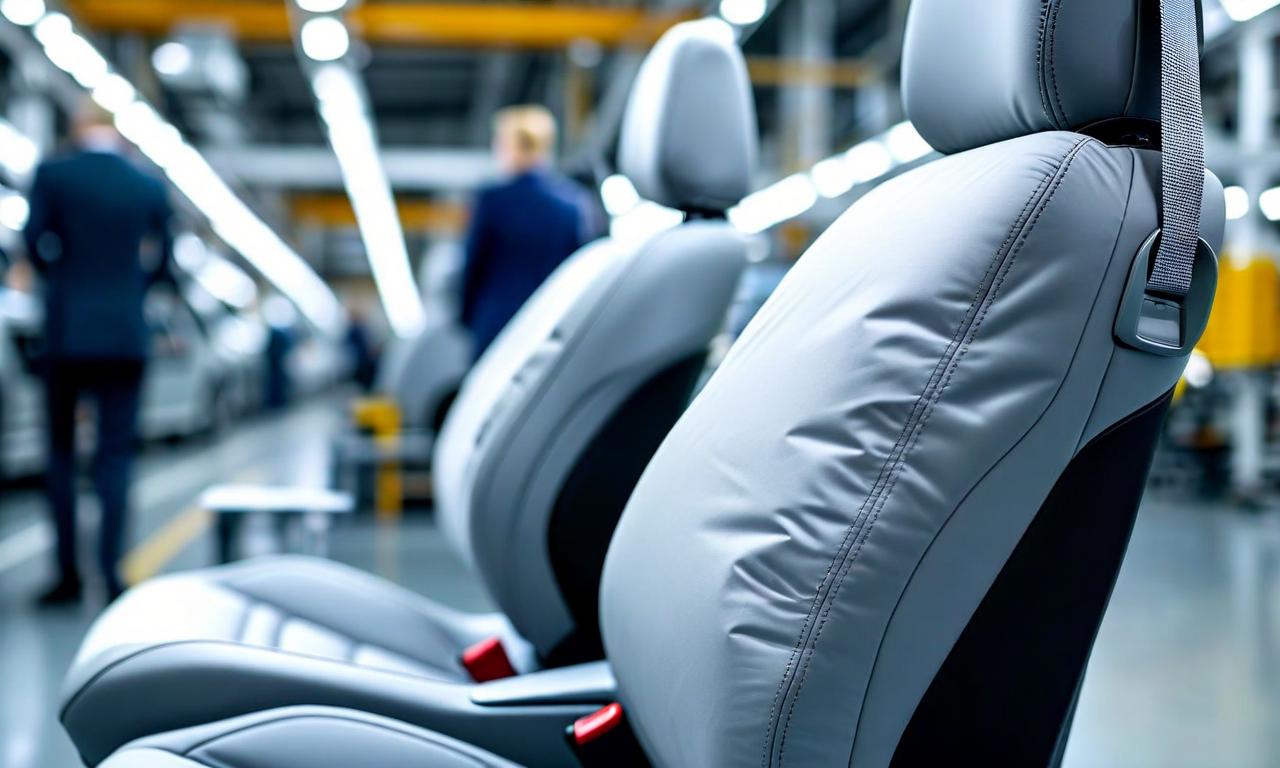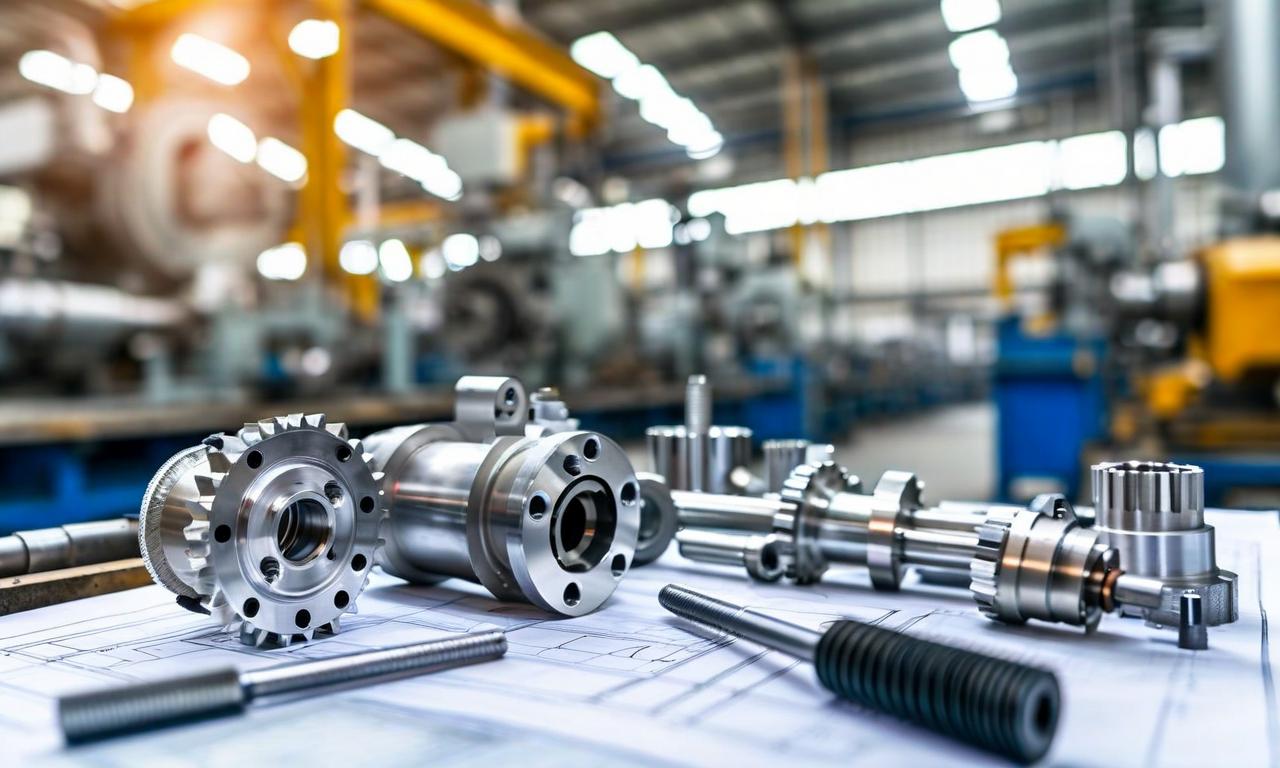Tesla Faces Lawsuit Over Fatal Crash: Door Lock Failure Alleged
Tesla is being sued following a Wisconsin accident that killed five people. The lawsuit, filed by victims' children, claims Tesla's door handle design trapped occupants in a burning Model S after a crash. The incident has prompted an NHTSA investigation into potential defects in Tesla door handles. Tesla's design chief has acknowledged the need for improvement in door handle design for emergency situations.

*this image is generated using AI for illustrative purposes only.
Tesla, the electric vehicle giant, is facing a lawsuit following a tragic accident in Wisconsin that resulted in five fatalities. The lawsuit, filed by the children of two of the victims, alleges that Tesla's door handle design contributed to the deaths by trapping occupants inside a burning vehicle.
The Incident
The crash involved a Tesla Model S and claimed the lives of five occupants, including Jeffrey Bauer, 54, and Michelle Bauer, 55. According to the lawsuit, the Bauers reportedly survived the initial impact but became trapped when the vehicle's doors wouldn't open after it caught fire.
Allegations Against Tesla
The lawsuit raises serious concerns about Tesla's door handle design, claiming it creates foreseeable risks in situations where occupants survive crashes but remain trapped in burning vehicles. This incident has brought attention to the potential safety issues associated with Tesla's electronic door operation system.
Key Points of the Lawsuit
| Aspect | Details |
|---|---|
| Vehicle Model | Tesla Model S |
| Main Allegation | Door handle design created a fatal trap |
| Victims | Five occupants, including Jeffrey and Michelle Bauer |
| Plaintiffs | Children of the victims |
| Core Issue | Doors allegedly failed to open after the crash |
Broader Implications and Investigations
The incident has broader implications for Tesla and the automotive industry:
NHTSA Investigation: The National Highway Traffic Safety Administration (NHTSA) is currently investigating potential defects in some Tesla door handles. The investigation cites incidents where exterior handles have stopped functioning.
Design Concerns: Tesla's reliance on electronic systems for door operation has come under scrutiny. These systems can potentially fail after crashes when the low-voltage battery is disabled.
Manual Release Unfamiliarity: The lawsuit highlights a critical issue - many occupants are unfamiliar with the manual releases required when electronic systems fail.
Tesla's Response
In light of these concerns, Tesla's design chief has acknowledged the need for improvement. The company is reportedly working on redesigning door handles to be more intuitive in panic situations, addressing the potential safety risks highlighted by this tragic incident.
Conclusion
This lawsuit against Tesla underscores the critical importance of safety design in electric vehicles, particularly in emergency situations. As the investigation unfolds, it may lead to significant changes in how automakers approach door mechanism designs, potentially influencing industry-wide safety standards.





























